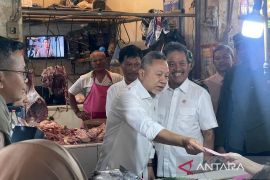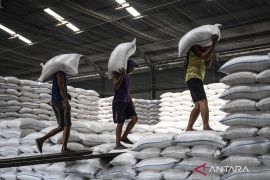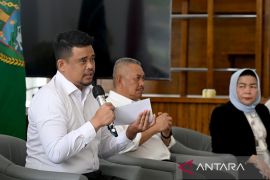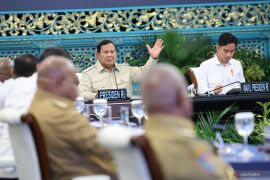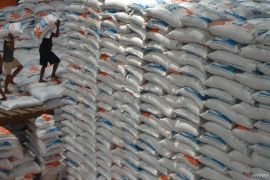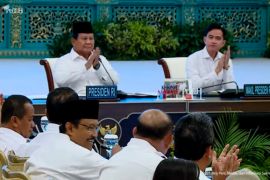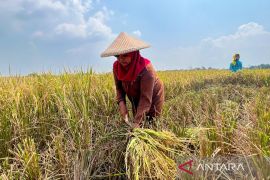"The government must be optimistic that it will be able to keep down per capita rice consumption to 60 kg per year in the next 20 years, the more so because the country is projected to have a population of 300 million in 2030," Bungaran Saragih said at a food security seminar here on Monday.
With an annual population growth rate of 1 percent, the Indonesian population would increase by 2.4 million per year, he said.
Consequently, demand for rice would continue to increase and rice prices would become high, he said.
If per capita rice consumption could be lowered to 100 kg from 130 kg a year the country would be able to reduce rice consumption by 30 percent, he said.
Meanwhile, the country`s rice imports would not exceed 5 percent of its total needs a year and therefore, it would have the potential to export 25 percent of its rice output, he said.
He said the task of reducing rice consumption not only rested with the Agriculture Ministry but also with other parties.
To achieve self-reliance in rice production, the government must also make an effort to expand rice fields and increase rice productivity, he said.
"Demand will increase every year at least in line with population growth so supply must be raised," he said.
Meanwhile, Chief of the Indonesian Self-Reliant Agriculture Foundation (Yapari) Faisal Kasryno said the government needed to build new dams to irrigate 2.5 million hectares of paddy field before 2020.
"Potential land and water sources are still available in Sumatra, Kalimantan and Papua, The water sources can be used to irrigate 20 million hectares of paddy field," he said.(*)
S012/HAJM/A014
Editor: Jafar M Sidik
Copyright © ANTARA 2011
